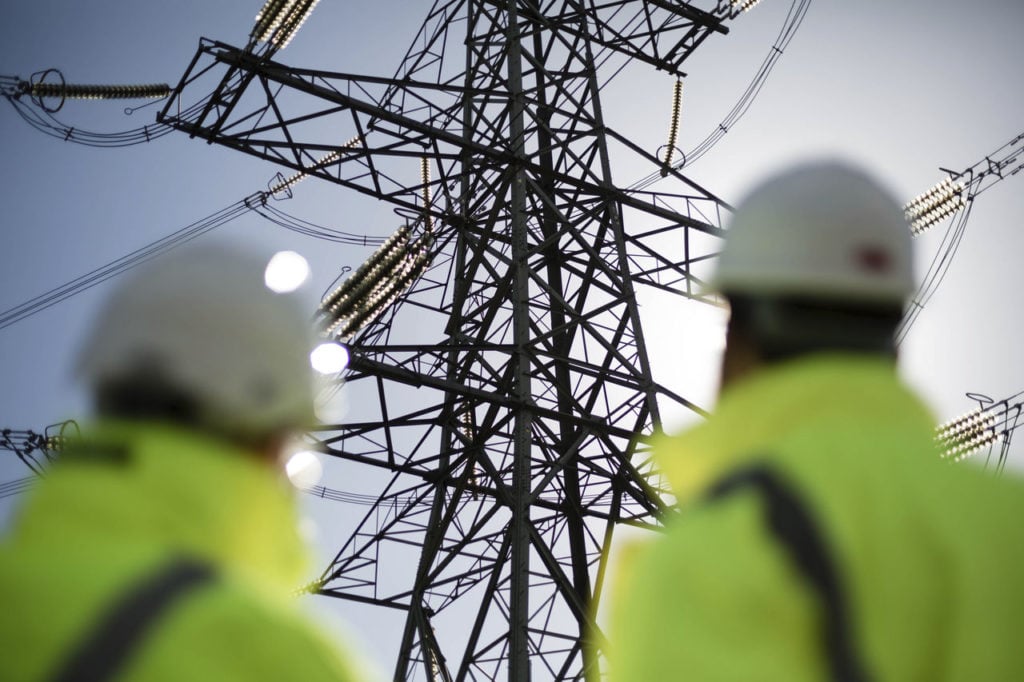
Italian grid operator Terna is planning to invest €16.5 billion (US$18 billion) in the next five years to strengthen and expand Italy’s transmission grid.
The plan is intended to support Italy’s shift to a decentralised energy system as the volume of PV and other renewable sources coming online grows.
Unlock unlimited access for 12 whole months of distinctive global analysis
Photovoltaics International is now included.
- Regular insight and analysis of the industry’s biggest developments
- In-depth interviews with the industry’s leading figures
- Unlimited digital access to the PV Tech Power journal catalogue
- Unlimited digital access to the Photovoltaics International journal catalogue
- Access to more than 1,000 technical papers
- Discounts on Solar Media’s portfolio of events, in-person and virtual
Or continue reading this article for free
In its Industrial Plan for 2024-2028, the company increased by 65% its investment on the previous Industrial Plan, with this year alone an investment of €2.6 billion.
Nearly €10.8 billion of the capital expenditure will be targeted to boost investment in developing Italy’s power grid. This will involve the construction of direct current power lines and submarine cables, which aims to ease grid congestion, boost transmission capacity between different market areas, integrate renewable sources and improve quality of service.
In line with the previous Industrial Plan, cross-border interconnections will continue to have a major role in the company’s plan for the 2024-2028 period. According to the grid operator this would reinforce Italy’s role as the Mediterranean electricity transmission hub.
Around 80% of the projects have already been authorised and over 70% will be covered by existing procurement contracts, said Terna’s CEO and general manager, Giuseppina Di Foggia.
“Grid development must inevitably be accompanied by significant growth in the use of digital technologies to support and accelerate the country’s energy transition: a Twin Transition, energy and digital, will ensure a faster, sustainable, just and inclusive transition for all our stakeholders,” added Di Foggia.
Shifting from centralised to decentralised system
Among the key objectives of the grid operator’s plan is the shift from a traditional system based on centralised power generation facilities to a decentralised system due to the growing integration of renewables. Last year Italy saw 5GW of new solar PV capacity added, the most in over a decade.
As the grid operator moves towards a more decentralised system, it will also work towards ensuring a higher level of grid security, both in terms of the security of physical assets and cybersecurity.
An investment of nearly €2 billion will be earmarked for digitalisation and innovation of the grid, which includes artificial intelligence and robotics and will enable the grid to be “increasingly connected, smart and secure”.
Moreover, the grid operator aims to invest in grid resilience to better withstand extreme weather events with new digital and technological solutions.
A recent report from energy think tank Ember calculated that the grid expansion plans of transmission system operators in 19 European countries had collectively underestimated by over 200GW the amount of PV coming online by 2030, increasing the likelihood of connection queues. Italy was among the countries singled out in the report for having underestimated solar deployment this decade.
